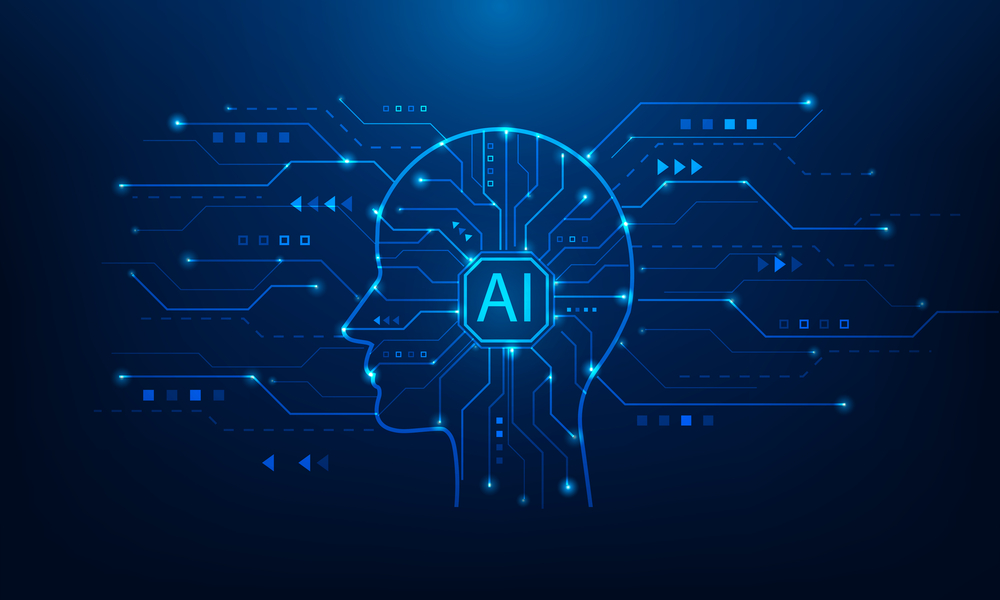
Can one talk about artificial intelligence without treading into a minefield of jargon? No more. The arrival of generative AI, from ChatGPT to Google’s Gemini, has flung open a floodgate of new jargon, each more head-twisting than the last. The lexicon of AI is evolving so fast that even seasoned practitioners are grabbing dictionaries during their breaks.

But fluency with this new vocabulary isn’t just a badge of honor it’s a requirement for anyone with aspirations to succeed in the AI-driven workplace or to have informed discussion about the future of the technology. As business, culture, and society grow more AI-influenced, understanding the most pertinent concepts matters. They are seven of the most powerful and most commonly misunderstood AI terms that every tech-savvy professional should be familiar with.

1. Big Language Models (LLMs): The Minds Behind the Bots
At the heart of today’s AI revolution are large language models, or LLMs. These are neural networks trained on vast amounts of text think trillions of words enabling them to generate human-like responses, write essays, summarize documents, and even hold conversations. OpenAI’s GPT-4, for example, is believed to use hundreds of billions of parameters to predict and construct language, making it one of the most sophisticated LLMs to date.
LLMs aren’t simply repeating back what they’ve been read. They’re breaking down the shape, setting, and subtlety of language to generate new content. Thus, as the New York Times suggests, “even the experts who carefully craft these neural networks often are left bewildered by the complex workings between the layers.” This opacity has generated awe and anxiety in the AI sphere.

2. Diffusion Models and GANs: The Artists of AI
While LLMs dominate text, GANs and diffusion models power AI art, video, and even music. Diffusion models function by introducing noise to data and learning to invert the process, generating images with mind-boggling fidelity. In a recent report comparing diffusion models, they “excel at representing complex and high-dimensional data distributions, making them well-suited for applications that involve generating detailed and accurate samples.”
GANs, however, work in a cycle of competitive creation: a generator creates data, and a discriminator attempts to find the fakes. Eventually, this competition yields outcomes so outstanding that GANs are used from deepfakes to medical imaging. Both models have their strengths GANs are efficient and quick, whereas diffusion models are loved because they’re diverse and detailed.

3. Hallucination: When AI Makes Things Up
It is probably the most enigmatic and perhaps most perilous of the AI effects: hallucination. This is when a model produces data that sounds plausible but is entirely fabricated. A chatbot, for example, might assert with confidence that “Leonardo da Vinci painted the Mona Lisa in 1815, a mistake by centuries.”
Hallucinations are the result of what are unidentified causes but are due to the model’s dependence on patterns in training data and not checking facts. As explained in industry explainers, “hallucinations occur because the model is generating from patterns it was trained on, rather than verifying the accuracy of the information.” This has led to discussions on trust, safety, and the boundaries of current AI.

4. Multimodal AI: Beyond Words
The next frontier in AI is multimodal AI systems that can process and generate not just text, but also images, audio, and video. Tools like Google’s Gemini and OpenAI’s GPT-4 with vision are leading this charge, enabling applications that can, for example, describe an image, generate captions, or even create code from a diagram.
Multimodal AI is dissolving boundaries among media forms, creating potential for more meaningful human-computer interaction. As one AI dictionary describes it, these models “can translate these inputs into alternative forms,” making them a keystone of future AI applications.

5. Prompt Engineering: The Art of Talking to AI
And if the new colleague is AI, then prompt engineering is the craft of providing it with concise directions. The input query, instruction, or description is known as a prompt that directs the model’s response. The organization, detail, and context of a prompt can significantly impact the quality of the response and responsiveness of the AI.
Sophisticated methods such as chain-of-thought prompting allow models to reason sequentially, with higher accuracy on challenging tasks. Professionals with prompt engineering as the number one skill will be the masters of AI-based innovation.

6. AI Ethics: Guardrails for a Fast-Changing Technology
With AI technologies evolving and becoming ubiquitous in all walks of life, the issue of AI ethics shifted from the theoretical to the immediate. Standards issued by organizations such as IEEE, the European Union, and the OECD place utmost importance on such values as fairness, transparency, accountability, and respect for human rights. The IEEE, for instance, mandates “embedding ethical considerations into the engineering process of AI systems,” suggesting ethics review boards and risk modeling across the development life cycle.
Real-world examples, like Amazon’s botched AI recruitment program that discriminated against female applicants, show the risks. As one analysis said recently, “abiding by these ethical standards is critical to avoid bias, maintain privacy, reduce harm and facilitate transparency in AI systems.”

7. Stochastic Parrot: The Limits of Machine Understanding
A favorite among AI researchers is the stochastic parrot. Used for large language models, it refers to the ability of those models to be able to convincingly mimic human language without actual understanding. Summarizing it in one technical metaphor, “the software doesn’t have a larger sense of meaning underlying language or the world around it, despite how realistic the output sounds.”
This is referring to a major limitation: even the most sophisticated models currently in use are neither conscious nor sentient. They reach solutions by identifying patterns and repeating them, not by understanding meaning. Acknowledging this has the impact of cooling expectations and informing responsible use.

It is not longer an option for tech-savvy readers to learn the language of artificial intelligence. As artificial intelligence expands its borders, so do its terms and phrases needed to ponder it responsibly. Getting familiar with these seven key terms, techno-informed readers are more likely to fulfill the promise and risks of our AI future.


